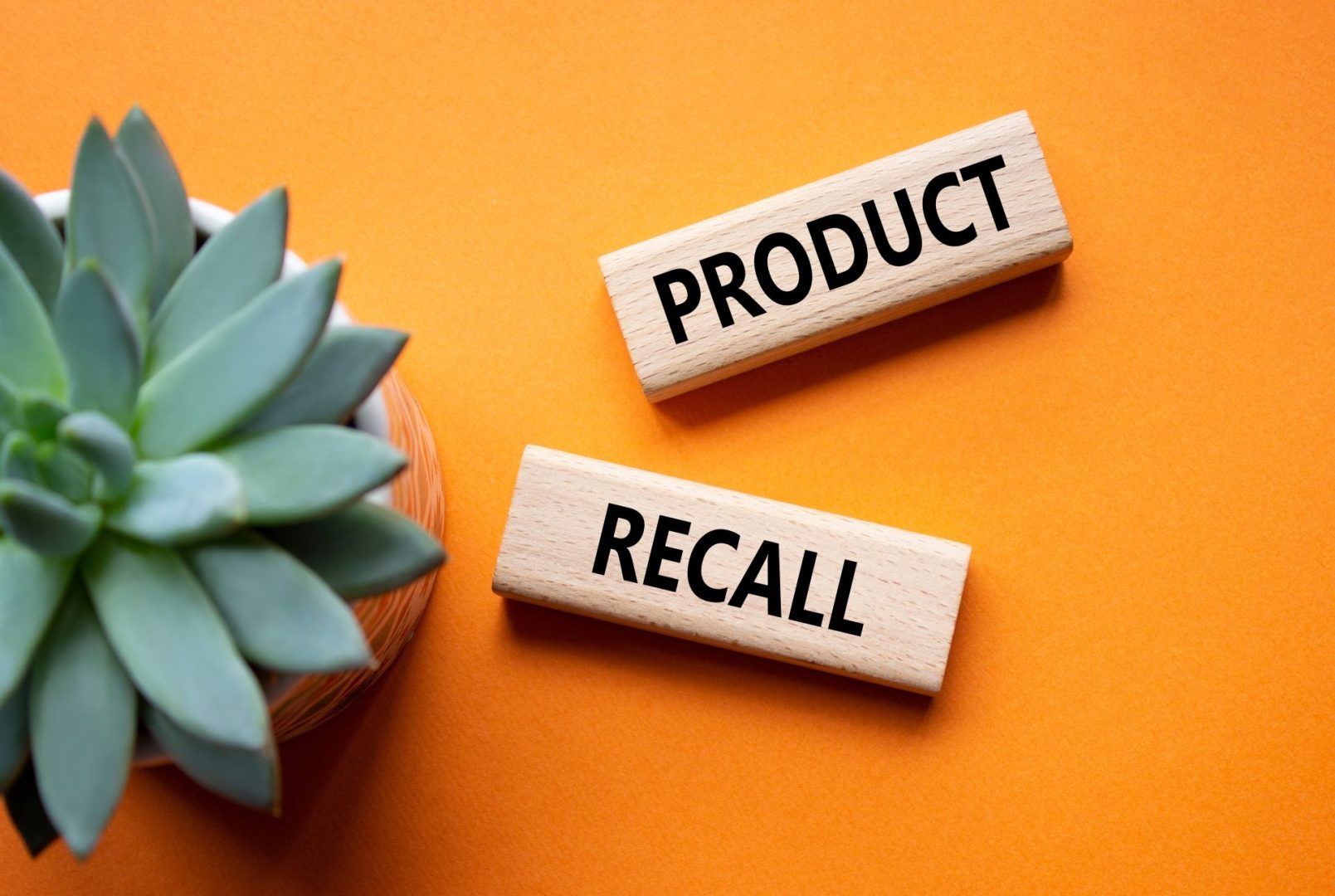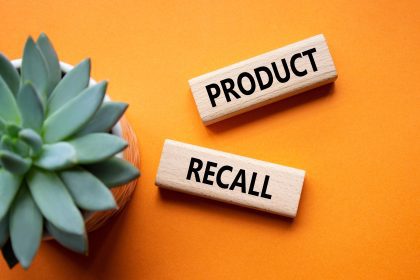Chocolate lovers across the United States are being urged to check their pantries as a popular premium chocolate brand has initiated a nationwide recall. The Food and Drug Administration has classified a recall of certain Tony’s Chocolonely chocolate bars as Class II, indicating a potential temporary health hazard with limited probability of serious adverse consequences.
The voluntary recall comes after the discovery of small stones in multiple chocolate bars, which prompted immediate action from the company to ensure consumer safety. While the contamination poses minimal risk of serious injury, consumers should verify whether their purchases are affected and take appropriate steps if they possess any of the recalled items.
The affected products
The recall specifically targets two premium varieties from the Tony’s Chocolonely lineup: the Dark Almond Sea Salt bars and the Everything Bar. Seven distinct production batches have been identified in the recall notice, all of which were distributed to retail locations throughout the United States and sold online beginning in February.
The Everything Bar, weighing 6.35 ounces, represents the majority of affected products with four separate batch codes identified in the recall. These include bars with lot codes 4327 (best by November 22, 2025), 4330 (best by November 25, 2025), 4331 (best by November 26, 2025), and M4331 (also best by November 26, 2025). The standard UPC for most of these bars is 850011828564, while the M4331 batch carries UPC 850032676441.
The Dark Chocolate Almond Sea Salt variety, also weighing 6.35 ounces, has three affected batches. These include lot code 163094 (best by April 2, 2026), 162634 (best by February 28, 2026), and M162634 (also best by February 28, 2026). The first two batches carry UPC 858010005641, while the M-prefixed batch uses UPC 850011828908.
The precise lot codes and best-by dates serve as crucial identifiers for consumers to determine whether their purchases fall within the recall parameters. These details are typically printed on the packaging and should be carefully compared against the information provided in the official recall notice.
The contamination issue
The presence of small stones in the chocolate bars stems from inadequate filtration during the almond harvesting and processing stages. Almonds, like many tree nuts, are harvested using methods that can occasionally allow small stones or other natural debris to remain with the crop. While processing typically includes multiple screening and filtration stages designed to remove such contaminants, these systems occasionally fail to detect particularly small fragments.
In the case of the Tony’s Chocolonely recall, the company received twelve separate consumer reports identifying stone fragments within chocolate bars. These reports triggered an internal investigation that confirmed the contamination issue and prompted the voluntary recall action.
It is worth noting that all reported contamination incidents occurred outside North America, suggesting that affected products may have been distributed internationally before the recall was initiated. Despite this geographic distribution of reports, the company has extended the recall to all potentially affected batches sold within the United States as a precautionary measure.
The absence of reported injuries provides some reassurance regarding the severity of the contamination. However, the potential for dental damage or other oral injuries remains a concern warranting the recall classification and consumer notification.
Understanding recall classifications
The FDA’s designation of this situation as a Class II recall provides important context regarding the nature and severity of the potential hazard. Within the FDA’s three-tiered recall classification system, Class II occupies the middle ground, indicating situations where exposure to the recalled product may cause temporary or medically reversible adverse health consequences, with the probability of serious health effects considered remote.
This classification differs from Class I recalls, which involve situations where there is a reasonable probability that exposure will cause serious adverse health consequences or death. It also differs from Class III recalls, which are issued for situations unlikely to cause adverse health consequences but which violate FDA regulations or manufacturing standards.
The Class II designation for the Tony’s Chocolonely recall accurately reflects the nature of the contamination: while stone fragments in food products certainly present a hazard, the small size of the contaminants and their limited distribution within the affected batches makes the probability of serious injury relatively low.
Immediate actions for consumers
Consumers who have purchased Tony’s Chocolonely products should first check whether their purchases match the recalled lot codes, best-by dates, and UPC numbers. This verification process is essential, as only specific production batches are affected by the contamination issue.
For those who discover they possess recalled products, multiple resolution options exist. The most straightforward approach involves returning the chocolate bars to the retail location where they were purchased. Most retailers will offer either a full refund or product replacement without requiring a receipt, though policies may vary between stores.
Alternatively, consumers who purchased affected products online can request refunds directly through the Tony’s Chocolonely website. The company has established a dedicated section on their site to process these requests and provide additional information regarding the recall.
For consumers who prefer not to pursue a refund or replacement, proper disposal of the affected products remains important to prevent accidental consumption. While the contamination poses minimal risk, even small stone fragments can potentially damage dental work or cause discomfort if consumed.
The broader context of food safety
This recall highlights the complex challenges involved in maintaining food safety throughout global supply chains. Even companies with strong quality control protocols occasionally encounter contamination issues, particularly when working with agricultural ingredients that undergo multiple processing stages before reaching the final product.
The almond harvesting process typically involves mechanized shaking of trees, followed by collection of fallen nuts from the ground. This collection method inherently carries some risk of gathering small stones or soil debris along with the intended crop. While processing facilities employ various screening technologies to separate these contaminants, the similarity in size and density between small stones and almonds can sometimes defeat even sophisticated detection systems.
Premium chocolate manufacturers like Tony’s Chocolonely face particular challenges when incorporating ingredients like nuts, fruits, or other agricultural products into their formulations. These additions enhance flavor profiles and textural complexity but introduce variables that can occasionally lead to quality control issues despite rigorous testing protocols.
The company’s decision to initiate a voluntary recall demonstrates a prioritization of consumer safety over short-term commercial interests. By taking proactive steps before regulatory intervention became necessary, the brand demonstrates commitment to maintaining consumer trust and product integrity.
Prevention strategies for manufacturers
While this specific recall affects Tony’s Chocolonely products, the underlying issue represents a common challenge across the food industry. Manufacturers employing nuts and similar agricultural products must implement multi-layered detection systems to minimize contamination risks.
Modern food production facilities typically employ combinations of mechanical screening, optical sorting technologies, metal detectors, and even X-ray machines to identify foreign objects within production streams. These systems continue to advance in sensitivity and accuracy, but perfect detection remains challenging when contaminants closely resemble intentional ingredients in size, density, or appearance.
The most effective approach combines multiple inspection technologies at different production stages, creating redundant safety systems that can catch contaminants missed at earlier checkpoints. Additionally, supply chain management practices that establish strict quality requirements for ingredient suppliers help address potential contamination issues before they enter the manufacturing environment.
For consumers, this recall serves as a reminder of the importance of paying attention to food safety announcements and checking products against recall notices. While modern food safety systems are extraordinarily effective, occasional issues inevitably arise, making consumer vigilance an important final safeguard.
The chocolate industry landscape
Tony’s Chocolonely has built its brand identity around ethical sourcing practices and transparency in its supply chain, particularly regarding cocoa production. The company emerged as a response to persistent labor issues within traditional cocoa supply chains, committing to slave-free chocolate production and fair compensation for farmers.
This ethical positioning has helped the brand capture significant market share within the premium chocolate category, appealing to socially conscious consumers willing to pay premium prices for products aligned with their values. The current recall represents a challenge for this carefully cultivated brand image, though the transparent handling of the contamination issue generally aligns with the company’s communications approach.
The premium chocolate market has grown substantially over the past decade, with consumers increasingly seeking high-quality, ethically sourced options with unique flavor profiles and ingredient combinations. This growth has intensified competition among specialty chocolate brands, making product quality and safety increasingly critical differentiators in a crowded marketplace.
For Tony’s Chocolonely, effectively managing this recall while maintaining transparent communication with consumers will be essential for preserving the brand equity built through years of ethical positioning and quality emphasis. The company’s future success will partially depend on demonstrating that this contamination incident represented an isolated occurrence rather than a systemic quality control failure.
Moving forward with confidence
While food recalls inevitably create temporary concern among consumers, they also demonstrate the effectiveness of modern food safety systems in identifying and addressing potential hazards before widespread harm occurs. The Tony’s Chocolonely recall exemplifies how voluntary action by manufacturers, combined with regulatory oversight, creates multiple layers of consumer protection.
Chocolate enthusiasts can continue enjoying their favorite treats with confidence by staying informed about product recalls and checking their purchases against recall notices when announcements occur. This simple practice, combined with the food industry’s increasingly sophisticated quality control systems, provides substantial protection against foodborne hazards.
For those affected by the current recall, the resolution process should prove straightforward through either retail returns or online refund requests. While temporarily inconvenient, these processes ensure that consumers receive proper compensation for affected products while preventing potential exposure to contamination.
The incident serves as a valuable reminder that even premium food products occasionally encounter quality issues, making consumer awareness and manufacturer transparency essential components of a comprehensive food safety approach.















